Tackling Healthcare Claims with AI and Agentic Workflows
Last-generation technology and practices in healthcare’s claims value chain often lead to unnecessary work, provider and member friction and increased costs. Other industries deliver intelligent, largely digital billing and payment processes to consumers. It’s past time for healthcare to match or even exceed those experiences. The challenge is that claims are complicated. Payers often have ... Read More


Last-generation technology and practices in healthcare’s claims value chain often lead to unnecessary work, provider and member friction and increased costs. Other industries deliver intelligent, largely digital billing and payment processes to consumers. It’s past time for healthcare to match or even exceed those experiences.
The challenge is that claims are complicated. Payers often have multiple contracts with different rules for the same provider group operating from multiple locations. Different lines of business operate from silos. Lack of processing standardization and a single source of truth for prior authorizations, claims and appeals limits the use of conventional automation, as does the continued use of legacy systems across the industry. Errors in data entry or coding can lead to pended or denied claims. Finally, healthcare is complex. Some cases simply require time-consuming human review and decision making.
These administrative costs add up to anywhere from 15% to 20% of the US healthcare industry’s overall costs, according to various estimates. That does not include the cost of losing member, patient and regulatory goodwill.
AI and generative AI have the maturity to tackle costly claims inefficiencies. In particular, the rise of AI agents and “agentic workflows” greatly streamline the complexities of claims processing that make it cumbersome and costly. Applied well, agentic AI will enable healthcare organizations to deliver better experiences across the claims value chain.
AI Agents and Agentic Workflows
An AI agent is a virtual worker enabled by AI to make human-like decisions and continuously learn from feedback. AI agents are built on AI models, business rules and data. Individual AI agents manage granular or micro tasks in claims processing, including data extraction, policy verification, member validation, provider validation, pend resolution, coordination of benefits validation, duplicate claims, payment integrity checks and more. On the provider side, AI agents validate and correct coding; evaluate whether a claim will adjudicate successfully; gather data for prior authorization requests, etc.
Unlike robotic process automation (RPA) and its software bots, these AI agents adapt, communicate and collaborate in real time. This collaboration, or agentic workflow, enables intelligent orchestration of claims-related functions across multiple platforms. Ultimately, these workflows enable more and deeper automated decision making and processing than has ever been achievable before.
Agentic Workflows in Action
Here’s just a sampling of what agentic workflows can accomplish:
- Intelligent triage. Agentics automatically categorize and route claims based on complexity, urgency, line of business, state, services, provider specialty and other factors. For example, a transplant claim or an air ambulance claim is likely to be affected by missing information and late payment interest; an agentic workflow would route and accurately process these claims.
- Adaptive processing. Agentic workflows adapt in real-time based on new information or changing circumstances, such as changes in medical policy criteria, new operating procedures, new contract terms, new regulations, etc. They can also respond to changes in member life events and patient health status.
- Seamless integration. Agentic workflows orchestrate actions across core and EHR platforms, AI models and human experts for optimal outcomes. For example, a claims creation agent can identify missing or potentially incorrect data on a claim, query an EHR agent to supply or validate the data in question, then correct the claim for submission—all in real-time without manual intervention. That said, the agents can also learn to recognize claims that need to be reviewed by experienced coders and adjudicators.
- Continuous learning. The AI agents in the agentic workflow learn from each transaction processed, continuously improving decision-making and efficiency. This learning translates into greater claims accuracy and faster adjudication; optimized workflows; and ability to reallocate experienced staff to manage more complex claims and interact with members and patients. That should lead to better overall experiences for healthcare consumers.
How to Put Agentic AI to Work
AI agents are integrated into existing systems such as core administrative and health record platforms, mainframes and AS/400-based systems, customer relationship management platforms and more. The agents and agentic workflows enhance these systems’ capabilities vs. replacing them. Payers and providers can experience the benefits of AI without completely overhauling their IT landscape. That said, earning a good return on AI investments requires healthcare organizations to think carefully about where best to deploy AI agents and create agentic workflows. Here are some points to consider:
- Assess current processes: Identify bottlenecks and inefficiencies in existing claims operations, such as duplicate claims, prior-auth, benefits, contract edits, pricing edits, COB, transplant, home health and behavioral claims. Existing RPA deployments potentially can feed data to AI agents and post decisions back to the enterprise systems. RPA deployments are good starting points for agentic workflows in legacy IT landscapes.
- Define clear objectives: Determine current benchmarks and specific cost reduction and efficiency improvement goals for the selected pilot.
- Choose the right partners: Technology is a commodity and available to everyone. Select domain experts with expertise in developing AI agents and agentic workflows for healthcare plans and providers. Cloud-based AI services can put agentic capabilities within the financial reach of many healthcare organizations.
- Pilot and iterate: Start with a small-scale pilot to prove the value of an AI agent, then gradually expand to other agents and refine the workflow.
- Invest in change management: AI agents are virtual members of human teams. It’s important to provide adequate training and support to ensure that human and virtual team members work to their full potential to achieve optimal efficiency gains, accuracy and cost savings.
Agentic workflows make AI increasingly valuable and practical throughout all the functions related to healthcare claims. Healthcare organizations can initially deploy AI agents for a few granular tasks, then connect them to power end to end workflows across platforms. This will enable new levels of efficiency and innovation and ultimately, greatly enhanced member and patient experiences.
About Deepan Vashi
Deepan Vashi is the EVP & Head of Solutions for Health Plans and Healthcare Services at at Firstsource with over 27 years of experience in health plan IT, business operations, and consulting. He is renowned for his expertise in developing member-centered digital solutions and building cross-functional teams to ensure successful implementation. In his role at Firstsource, he spearheads solutions and strategy for health plans, including Intelligent Back Office, Health Tech Services, and Platform-based Solutions (BPaaS). Deepan has extensive knowledge of innovative technologies such as Process Mining, Digital Twin, AI, and Blockchain.































































































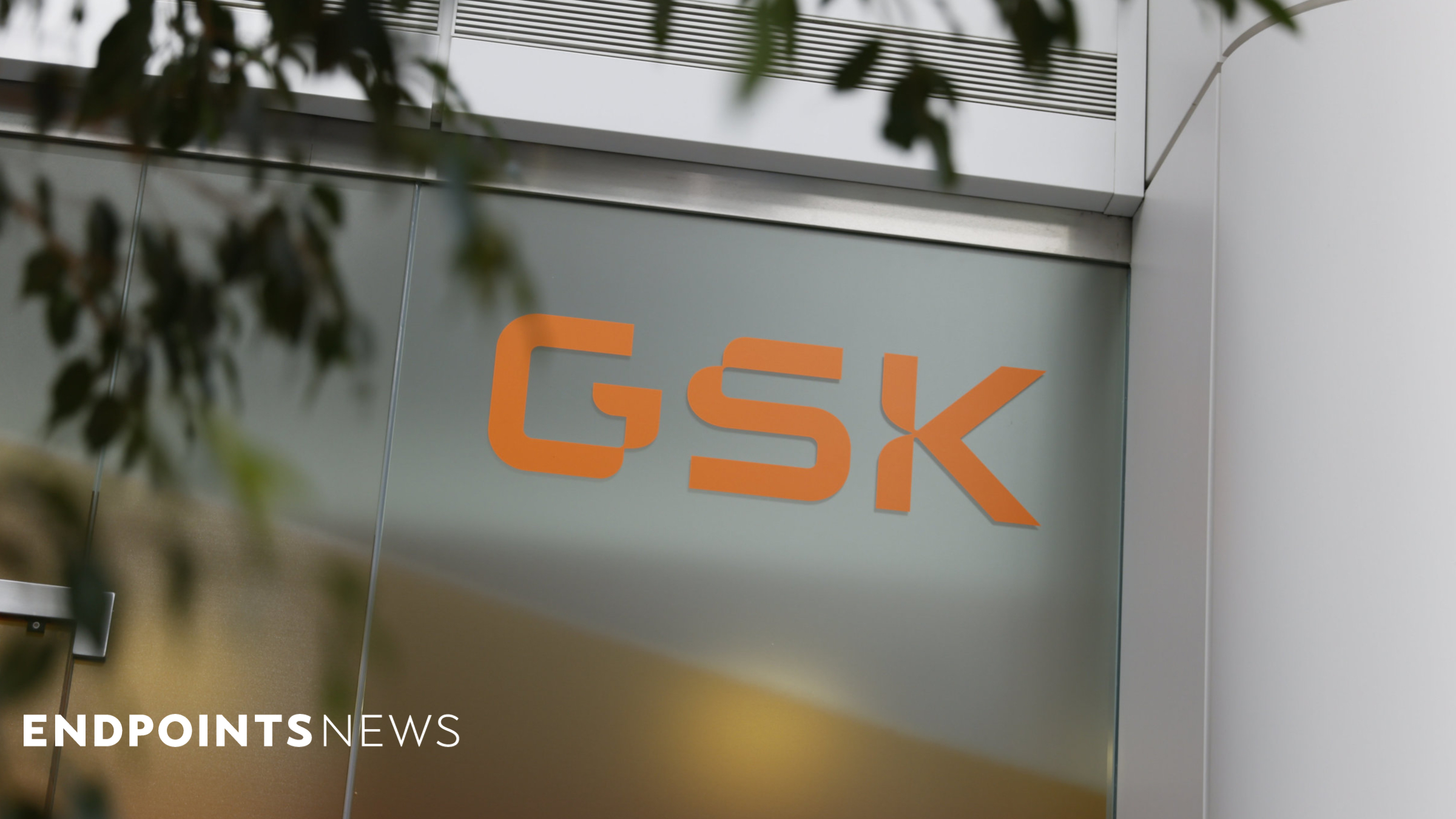



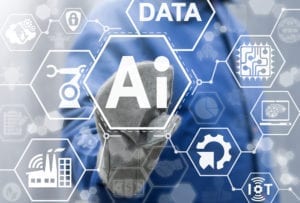

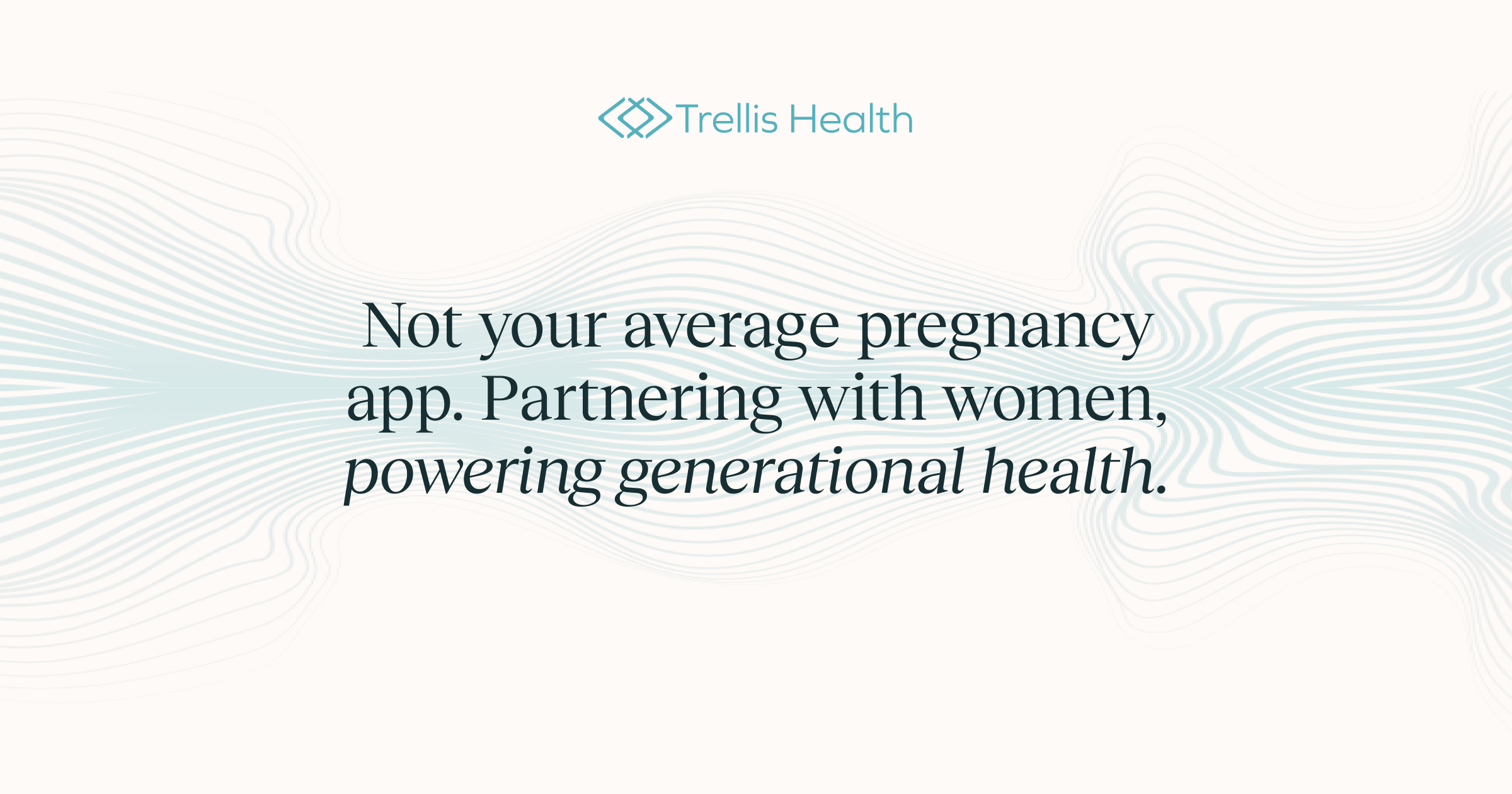
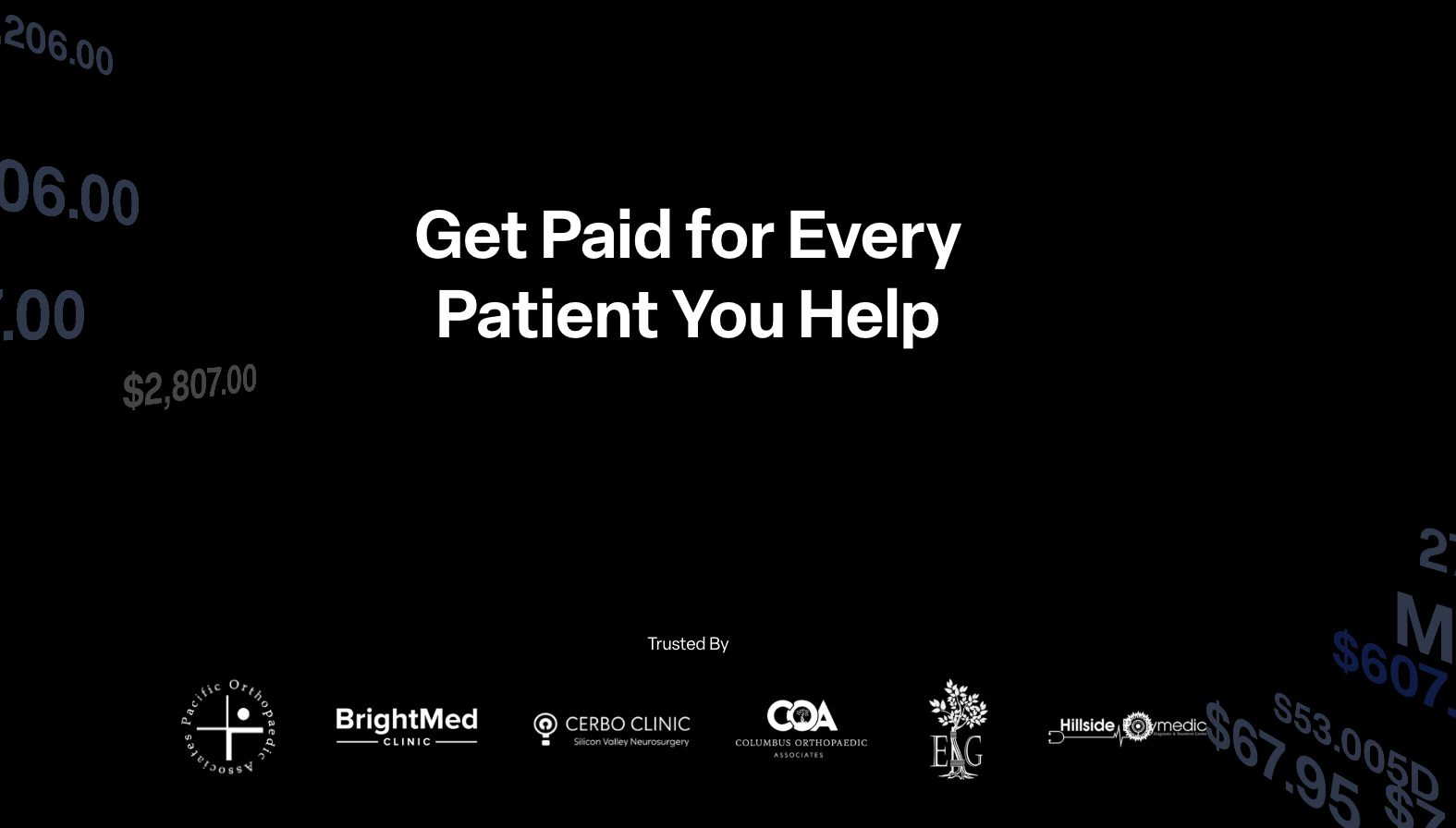
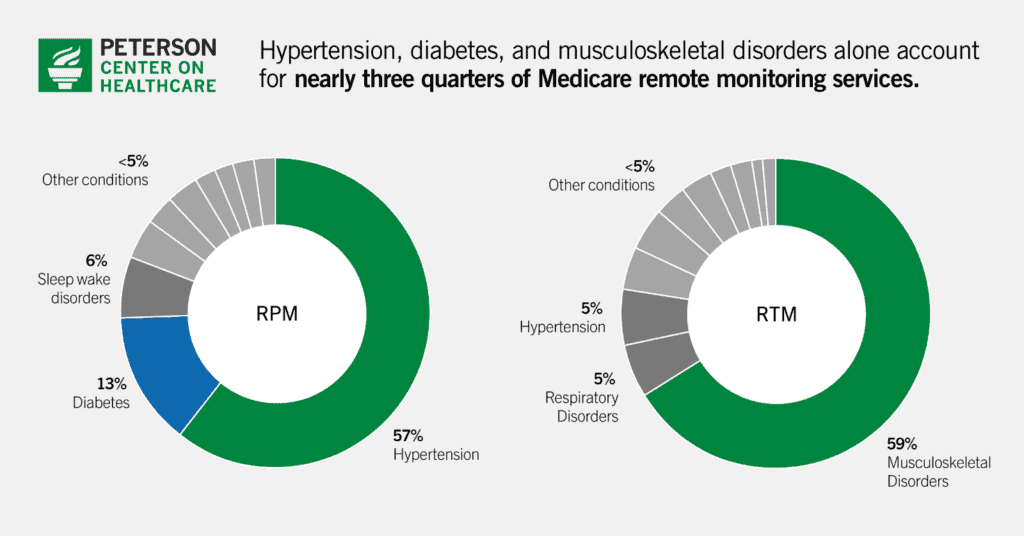















![The breaking news round-up: Decagear launches today, Pimax announces new headsets, and more! [APRIL FOOL’S]](https://i0.wp.com/skarredghost.com/wp-content/uploads/2025/03/lawk_glasses_handson.jpg?fit=1366%2C1025&ssl=1)

















